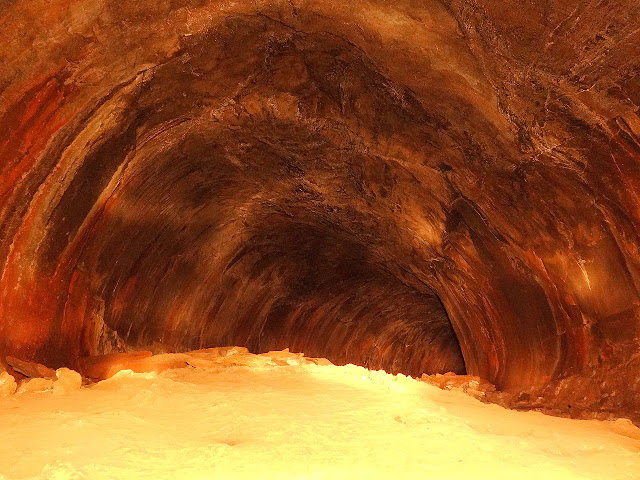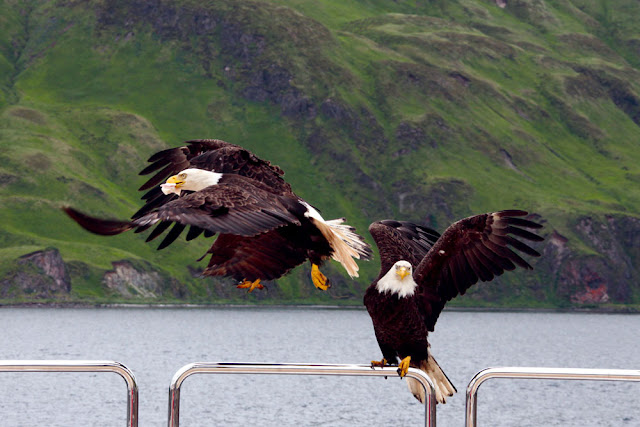The lovely Santa Elena Canyon is most inspiring natural feature in Big Bend National Park. It is visible for more than 10 miles away cutting through the mountains via a deep narrow gorge. Santa Elan Canyon is quite a long distance 30 miles however a short nature trail enters its shady depths, eight miles west of Castolon, accessible by either Ross Maxwell Scenic Drive or the Old Maverick Road. Some are really quite winding and steep.
Santa Elena Canyon downstream is most popular area for one to three day trip, easily accessed by car. It is often considered most dramatic place has the tallest cliffs forming the canyon wall up to 1500 feet. The nature trail crosses Terlingua Creek, climbs several flights of ramps and stairs and then descends into the canyon along the Rio Grande offers one of the few remaining true wilderness river trips in the United States. Side canyons create interesting vistas, as well as exploration opportunities.
Santa Elena Canyon downstream is most popular area for one to three day trip, easily accessed by car. It is often considered most dramatic place has the tallest cliffs forming the canyon wall up to 1500 feet. The nature trail crosses Terlingua Creek, climbs several flights of ramps and stairs and then descends into the canyon along the Rio Grande offers one of the few remaining true wilderness river trips in the United States. Side canyons create interesting vistas, as well as exploration opportunities.
Moreover the area has an extremely dry and hot climate conditions, with temperatures up to 50 °C in summer with little rain. Further, there is a contrast between the desert and cold temperate ecosystems. You should keep in mind that during the rainy season, Terlingua Creek can flood and make access extremely difficult, so it is a nice idea to prior check with Park Rangers for current conditions. Local outfitters offer various trips when conditions allow, and river runners of intermediate or better skill level often go on their own.
Hence, water flow is normally adequate for river trips except during periods of prolonged drought. In addition, beware of flash floods that can raise the river level and flow rates very rapidly after rainfall in the drainage basin, even if it does not rain at the river. The low levels of water can prevent you from rafting along the canyon which is very popular activity here. Even a short distance is worthwhile the canyon feels much more remote and undisturbed once around the first bend when the entrance is out of view. Also stargazing is relaxing activity here as on the clearest nights, around 2,000 stars are visible to the naked eye. It is an outstanding place in North America for star gazing.
Santa Elena Canyon is majestic, towering canyon walls are much taller than in Colorado Canyon upriver a few miles. The scenery is remarkable, and there are numerous opportunities for wildlife viewing, hiking in shady side canyons and camping on spacious sandbars. The best way to see the canyon is by raft or canoe. Another scenic, little visited location is Fern Canyon 18 miles below Lajitas, a narrow tributary just two miles from Santa Elena Canyon. This is very narrow and has a pretty white limestone floor, polished smooth by the waters that sometimes flood down the ravine.
It is truly a majestic and gorgeous place to spend a few days. Due to the inaccessibility of the area it is generally best to be well prepared for any and all weather possibilities. The drive up to Santa Elena canyon absolutely breathtaking and it is amazing and once you park and start walking towards the canyon, your jaw just drops at the sheer majesty of it. Definitely a Big Bend must see/do hike. It is most photographed part of the Bing Bend National park. There is a massive boulder on the trail the size of a small house that is nice to sit under on a hot day. The rock formations rising on each side of the Rio are mesmerizing.
It is highly suggest visiting the canyon in early November through mid-March. Which is generally the best time to paddle the Rio Grande? The area may be very crowded during holiday periods or during the winter "snowbird" season, which is also the time most likely to have favorable paddling conditions. Summertime low-water conditions may be inadequate for rafting, but canoes can almost always navigate the river. Moreover entrance permits to Big Bend National Park are required for all vehicles entering the park for river access.
Also riverside camping is available just outside the canyon on the left side of river and right side of Mexican. Where ankle-deep Bermuda grass is covers the ground, making for a softer night's sleep. Firewood is scarce, if available at all, so carry what you need. Except for campfires, it is generally best to rely upon propane, butane or liquid fuel fires for cooking, personal hygiene and other general heating and cooking needs. Please keep in mind a fine may be imposed for camping in unauthorized areas.
Santa Elena Canyon location is in the middle of the continent and along a migration route, is ideal for bird diversity throughout the year. Northern species migrate here for the warm winter climate, while birds from the tropics range this far north to breed in the spring. One of major highlight is the Colima warbler, is a predominately Mexican species that only nests in the United States in the Chisos Mountains from April to September.
Santa Elena Canyon River Trip is more complicated in the last seven miles while entering the actual canyon. You can enjoy by paddling upstream from the Santa Elena Canyon Trailhead, just a few miles into the canyon, and then come back drown stream. There are a couple of rapids to watch out for, and the famed Rockslide can provide a challenge for even for experienced professionals. Santa Elena Canyon offers dazzling coves and remarkable side canyons that are a veritable feast for your eyes and your camera. So be sure to carry plenty of extra batteries. You may not want to leave Santa Elena Canyon.
Santa Elena Canyon River Trip is more complicated in the last seven miles while entering the actual canyon. You can enjoy by paddling upstream from the Santa Elena Canyon Trailhead, just a few miles into the canyon, and then come back drown stream. There are a couple of rapids to watch out for, and the famed Rockslide can provide a challenge for even for experienced professionals. Santa Elena Canyon offers dazzling coves and remarkable side canyons that are a veritable feast for your eyes and your camera. So be sure to carry plenty of extra batteries. You may not want to leave Santa Elena Canyon.
























































